 Christina Higuchi
Christina Higuchi She is a founding member of DAASE, one of those that helped form the organization from the very roots of conversations back in 2013. And she currently serves our group as a Board of Directors member and the Board Secretary.
When we asked Christina about her design philosophy, she replied, "Every design project is a unique adventure. It’s about happiness and comfort, family and friends, culture and social interaction, hobbies and entertainment, focusing on the essential needs and activities of a lifestyle."
In addition to being a member of DAASE, Christina is also a member of the Palm Springs Chapter of the Interior Design Society ( IDS ).
To be in touch with Christina, you may reach her via email:
[email protected]
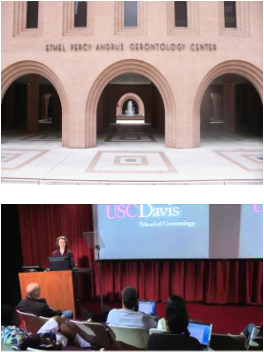
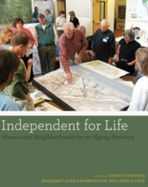

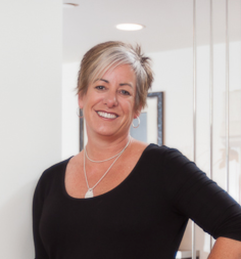
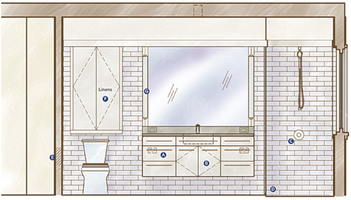
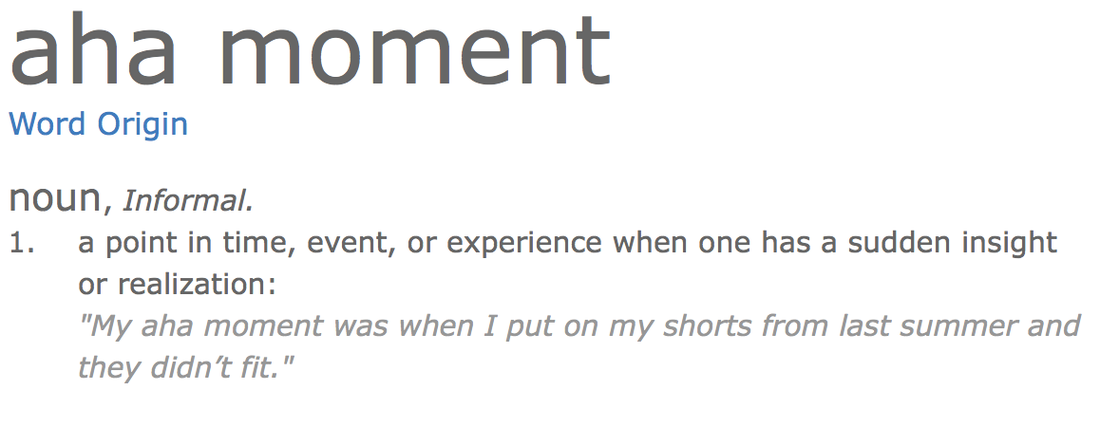
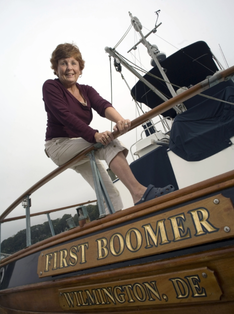
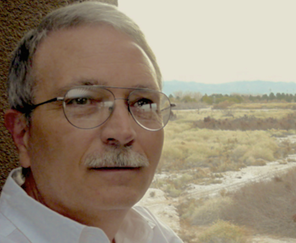
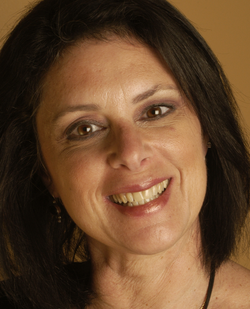

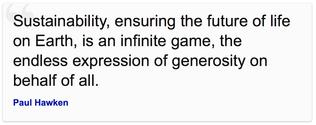

 RSS Feed
RSS Feed